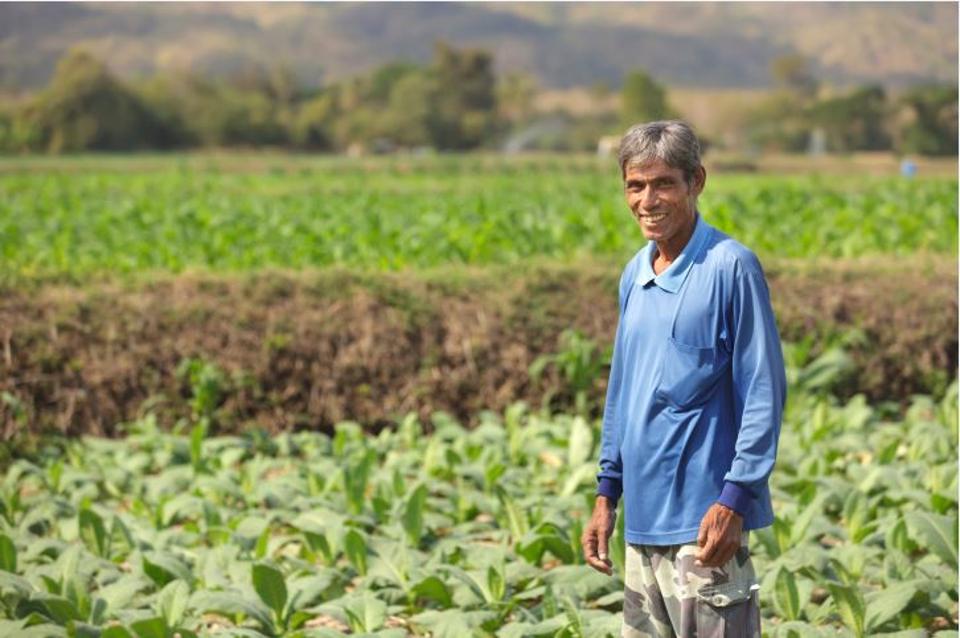A Good Deal For The Environment And The Poor
This post was originally published on Forbes on September 14, 2016.
Post written by David R. Just, Ph.D. and Harry M. Kaiser. David R. Just, Ph.D. and Harry M. Kaiser are both professors in Cornell University's Dyson School of Applied Economics and Management.

In late July, President Obama signed the Safe and Accurate Food Labeling Act into law. As one option for disclosure, the bipartisan legislation permits foods containing genetically modified organisms (GMOs) to be given smart labels—QR-codes that lead to manufacturer websites where consumers can obtain information on food contents. Opponents of the law argue it denies consumers the right to know what’s in the food they consume because the law does not require front of package labeling of GMO contents. This claim is as misleading as the GMO labels these activists have advocated for. Rather, the new law represents the best of bipartisan public policy.
Even with relatively few GMOs on the market, introduction of GMOs has greatly benefitted the environment and the poor and holds the promise to do much more. Close to a billion people are malnourished, and almost 50 million in the United States are food insecure. By increasing corn yields, GMOs have tempered the price spikes that have plagued grain markets causing food riots worldwide. GMOs also hold one of the keys to reducing the environmental impacts of agriculture. Since the introduction of GMOs, use of chemical herbicides has declined by 37 percent, and soil erosion has declined substantially largely due to the greener agricultural practices GMOs allow. As the world population continues to climb, in order to meet the increased need for affordable food without negatively impacting the environment, it is imperative that we continue our remarkable technological progress in agriculture. The tremendous technological progress in agriculture has enabled us to feed the world’s population as it grew seven fold over the past 165 years. GMOs are likely to play a leading role in helping us produce more food with lower negative environmental impacts.
The science and politics of GMOs are the subject of a new Massive Open Online Course offered by Cornell University. This free course explores the benefits of GMOs as well as the reasons for caution and opposition—some of which cannot be addressed by science. A key piece explores how consumers respond to information about GMOs, and how this information can be manipulated by both pro- and anti-GMO groups to mislead consumers. Mandatory labeling appearing at the front of food packages containing genetically modified organisms is one example. This warning-type label provides just enough information to scare the uninformed, and is not based on any sound science. It doesn’t answer questions regarding what was modified, why the modification was introduced, or what technologies were used prior to modification. In many cases providing answers to these questions (which are decidedly difficult to address with a front-of-package label) could lead the casual consumer to prefer the GMO. Mandatory labeling is not an appropriate policy response since the scientific consensus is GMOs do not harm human health—and can convey misinformation if interpreted as a warning. For some, that is the point. Anti-GMO activists hoped for labels and the stigma they create as one stop on the way to banning GMO foods from the market.
Such a strategy is dangerous not because it is anti-science, but because it is anti-technology. If consumers shun perfectly safe products because of labeling, food and agricultural firms will have severely diminished incentives to invest in new product R&D. In turn, this will impede scientific agricultural research, both in the private sector and at the land grant universities, hampering progress toward a more abundant and greener food supply. Advancements from agricultural science and technology are the reason the percentage of people who are malnourished has decreased despite large increases in world population—all while the number of acres under cultivation has declined.
The new law provides the opportunity for manufacturers to provide useful information to consumers about their food and where it comes from while also enabling producers to develop new products to secure the higher prices that these consumers are willing to pay. Manufacturers should take full advantage of this opportunity so consumers can learn not just whether GMOs are present or not, but why they are included and what benefits GMOs provide. Labeling of food processes in this way provides consumers with more complete and objective information while also fostering conditions for improving the environment and feeding the poor for generations to come.